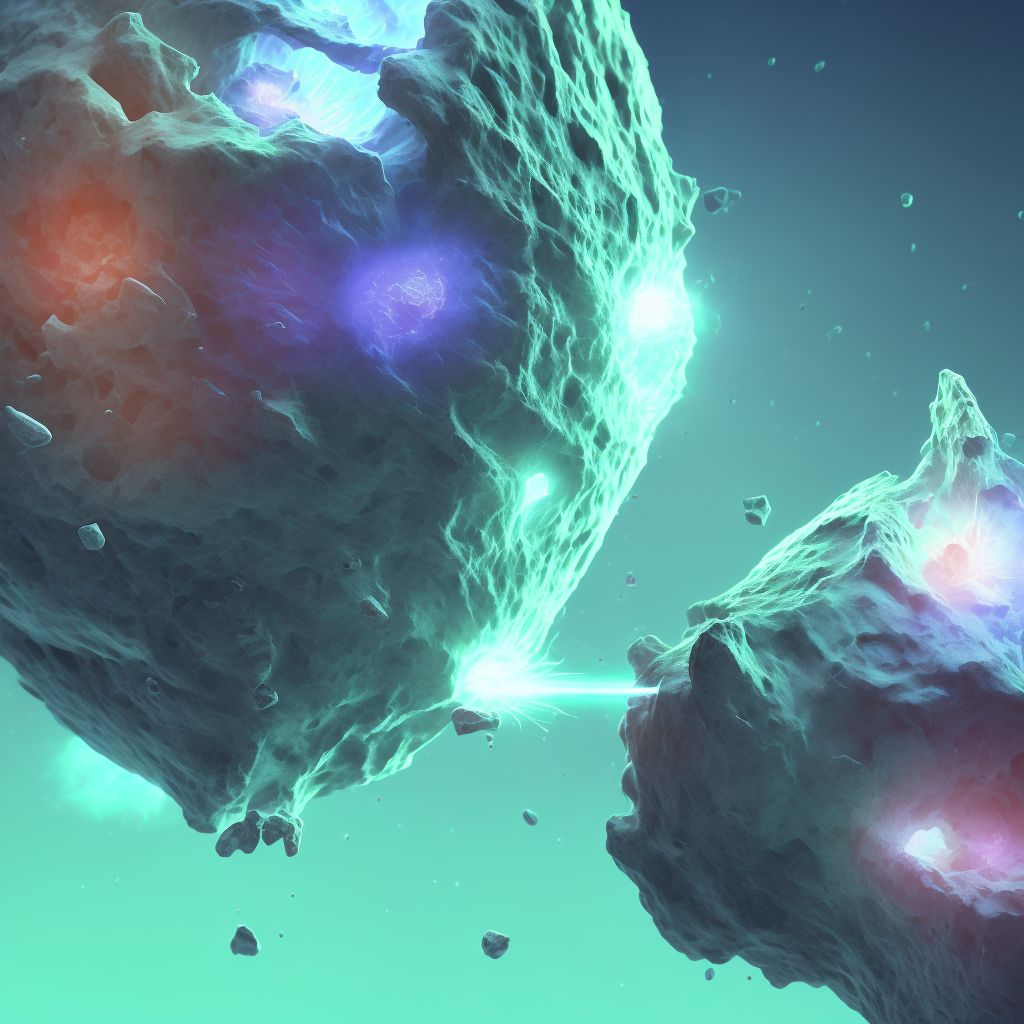
Nondisplaced transverse fracture of shaft of right fibula, sequela Save
ICD-10 code: S82.424S
Disease category: S82.424: Nondisplaced transverse fracture of shaft of right fibula
Nondisplaced Transverse Fracture of Shaft of Right Fibula, Sequela
A nondisplaced transverse fracture of the shaft of the right fibula is a specific type of fracture that occurs in the long bone on the outside of the lower leg. When left untreated or improperly managed, this fracture can result in a sequela, which refers to the long-term consequences or conditions that arise as a result of the original injury.
Sequela of a nondisplaced transverse fracture of the shaft of the right fibula can vary depending on various factors, including the severity of the fracture, the individual's overall health, and the healing process. While it is essential to consult with a medical professional for accurate diagnosis and treatment, it is worth understanding some potential complications that may arise.
- Delayed healing: In some cases, the fracture may take longer to heal than anticipated. This can lead to extended immobilization and a prolonged recovery period.
- Malunion: If the fracture is not aligned correctly during the healing process, malunion can occur. This means that the bone may heal in a misaligned position, potentially causing pain, deformity, or difficulty with movement.
- Nonunion: Nonunion is a severe complication where the fractured bone fails to heal entirely. This can be caused by various factors, such as poor blood supply, infection, or inadequate immobilization.
- Chronic pain: Some individuals may experience persistent pain in the affected area, even after the fracture has healed. This can be due to nerve damage, residual swelling, or the development of post-traumatic arthritis.
- Functional limitations: Depending on the severity of the sequela, individuals may experience limitations in their range of motion, strength, or overall function of the leg.
It is important to note that the information provided here is not a substitute for professional medical advice. If you suspect you have a nondisplaced transverse fracture of the shaft of your right fibula or are experiencing any related sequela, please consult a healthcare professional for an accurate diagnosis and appropriate treatment.
In conclusion, a nondisplaced transverse fracture of the shaft of the right fibula can lead to various long-term consequences or conditions if left untreated or improperly managed. Seeking timely medical attention and adhering to the recommended treatment plan can help minimize the risk of these sequela and promote optimal recovery.
Treatment of Nondisplaced transverse fracture of shaft of right fibula, sequela:
Treatment Options for Nondisplaced Transverse Fracture of Shaft of Right Fibula, Sequela
A nondisplaced transverse fracture of the shaft of the right fibula can be a painful condition that requires appropriate treatment. These fractures occur when the bone breaks horizontally across the shaft of the fibula without any significant displacement. Fortunately, there are several treatme...
To see full information about treatment please Sign up or Log in